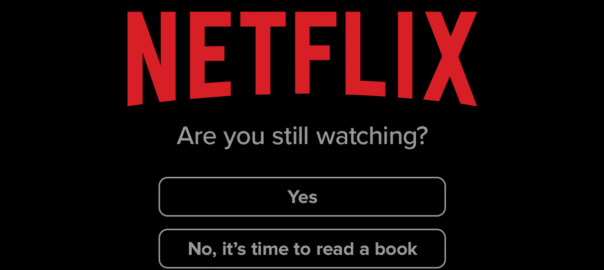|

|

Highlights of the week: New announcements from Hulu, Instagram, and Nielsen released in the high heat of summer—with changes coming to the competitive landscape of video, social, and email marketing that are so vital to book advertising.
With this announcement that Time Warner has taken a 10% stake in Hulu, the major cable player takes a stake in the platform that’s a redoubt for cord-cutters everywhere. It’s a smart move by Time Warner, and provides more cash for Hulu to invest in areas that are ripe for expansion including live events and new content.
This article in USA Today reveals that Nielsen is now adding Facebook to its social ranking of TV shows. While Twitter remains a major player as a second screen to TV, any mention of social has to include Facebook. This shift makes the Nielsen social rankings much more relevant.
“Scale in users is great. That’s more eyeballs for ads served via AOL technology on the plethora of media properties the combined companies own.
“Scale and depth of data are even better. Verizon will have ownership of consumer data not only on phones and mobile devices; it will be able to pair that with consumer behavioral data from the media sites that AOL and Yahoo own.”
There are dangers with any merger that a confused transition can alienate customers, but Verizon’s acquisition of AOL has proceeded relatively smoothly. So this will certainly be a merger to watch for email marketers everywhere.
According to this insightful article from The Next Web, Instagram’s “Stories” spells trouble for Snapchat: Instagram’s bigger, better monetized, and easier to use for both consumers and advertisers. That said, there is something to Snapchat’s difficulty from a teenager’s point of view, precisely because parents can’t figure it out. As long as the Generation Z can claim Snapchat for their own, they’re unlikely to give it up.
User tracking is a major part of any marketing toolkit. As tracking has gone beyond desktop cookies to reach user log ins via Google, Facebook, and email, it has become easier to track users with a greater degree of confidence in the data. Digiday has a useful primer on the state of the art of user tracking across devices.
Email marketing platform Return Path reports that fewer emails are making into consumers’ inboxes:
“In the second quarter, the average inbox placement rate was 79% in the second quarter, down from 81% in the same quarter a year ago and 82% in the third quarter of 2015.”
As email marketing grows in prominence, this is to be expected. It’s worth noting that Verso email marketing partner LiveIntent only counts emails that are actively opened and downloaded–making a LiveIntent buy the surest way to reach consumers by email.
![]() .com — Do you know about the “Home Page Advantage Pop-Up Menu”? It delivers over 30,000,000 impressions for a very low $1 CPM, and it’s a great place to advertise well-known brands. Our clients who publish a popular diet book loved it so much that they doubled the length of their campaign after first-wave results came in.
.com — Do you know about the “Home Page Advantage Pop-Up Menu”? It delivers over 30,000,000 impressions for a very low $1 CPM, and it’s a great place to advertise well-known brands. Our clients who publish a popular diet book loved it so much that they doubled the length of their campaign after first-wave results came in.
![]() – Consistently a great place for books. It can nicely complement a television campaign and is extremely targeted. We have run many campaigns for everything from vampire books to children’s books, with great success.
– Consistently a great place for books. It can nicely complement a television campaign and is extremely targeted. We have run many campaigns for everything from vampire books to children’s books, with great success.
![]() — These general news sites are not only a good place to reach a broad audience for a relatively inexpensive CPM, but they also do a great job of increasing awareness about books in many bestselling genres, from business to fiction.
— These general news sites are not only a good place to reach a broad audience for a relatively inexpensive CPM, but they also do a great job of increasing awareness about books in many bestselling genres, from business to fiction.
Phone Kiosks / Billboards — Phone kiosks continue to be an affordable way to advertise books. We can target by city and even by neighborhood, and kiosks start for as little as $250 each. We’ve recently secured some great deals on billboards in NY and LA—on Sunset Blvd in LA, and Times Square for as little as $40,000 for 4 weeks.